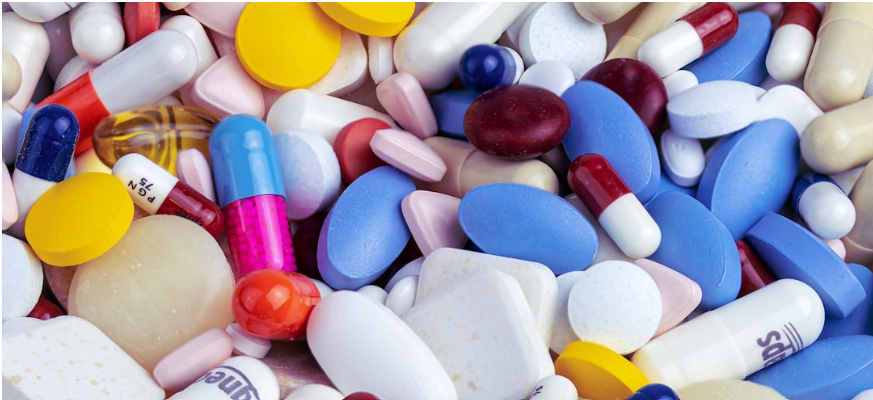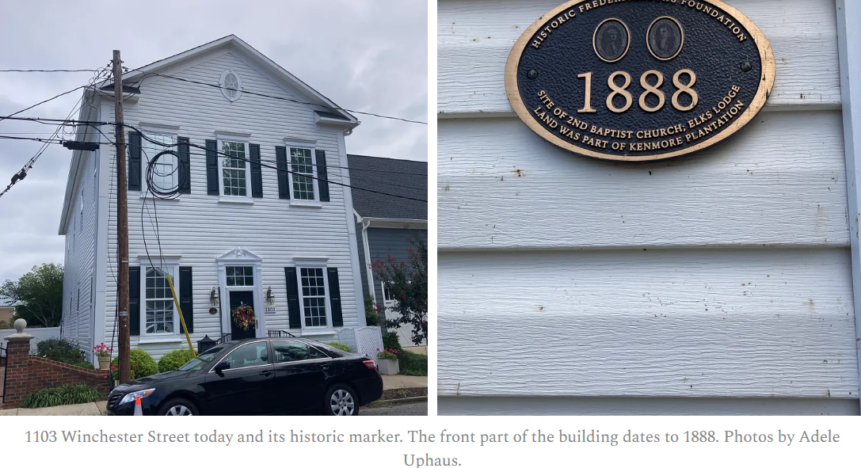
Designed to help hospitals offset expensive drug treatments, 340B has faced questions from the medical establishment over how profits from the program are used.
Mary Washington Healthcare is looking to participate in a federal drug pricing program that would allow the hospital system to purchase outpatient drugs at roughly half the sales price and charge patients’ insurance a higher price.
The program is known as 340B, after the section of the 1992 federal Public Health Services Act that authorized it.
Mary Washington Healthcare earlier this month posted a job opening for a 340B Program Manager, and spokeswoman Emily Thurston confirmed with the Advance this week that the healthcare system has applied for the program and that “our application is pending.”
The program is only available to eligible health care organizations, including six categories of nonprofit hospitals—children’s hospitals, free-standing cancer hospitals, sole community hospitals, rural referral centers, critical access hospitals, and disproportionate share hospitals.
Disproportionate share hospitals serve “a significantly disproportionate number of low-income patients and receive payments from the Centers for Medicaid and Medicare Services to cover the costs of providing care to uninsured patients,” according to the federal Health Resources and Services Administration (HRSA).
Children’s hospitals serve patients who are primarily 18 years old or younger. Freestanding cancer hospitals are independent, non-profit hospitals that treat patients with cancer.
Rural referral centers are high-volume acute care rural hospitals that treat a large number of complicated cases, and sole community hospitals serve as the sole source of hospital services within a certain geographic area (usually at least 35 miles from another hospital).
Rural referral centers, sole community hospitals, and critical access hospitals are all designated by the Centers for Medicare and Medicaid Services.
It is not known under which category MWHC is applying.
Debates Over 340B
The intent of the 340B program, according to HRSA, is to “[enable] covered entities to stretch scarce federal resources as far as possible, reaching more eligible patients and providing more comprehensive services.”
For all its promise, however, the more-than-30-year-old program has come under scrutiny in recent years. Several studies conducted by medical and health policy researchers over the past decade in particular have found that some hospitals are leveraging the program to enrich themselves.
According to a 2022 article published by the health news site STAT, the program “neither prevents health systems from making a profit when a patient or their insurance company pays the full cost of penny-priced drugs, nor does it put any strings on what they actually do with the extra money.”
The program has almost none of the transparency requirements that other federal pharmacy programs like Medicare Part D have, according to the STAT article.
An article published in the New England Journal of Medicine in January of this year looked at national Blue Cross Blue Shield claims data from 2020-21 for patients who were prescribed drug infusions for certain oncologic conditions, inflammatory conditions, or blood-cell deficiency disorders.
The study, which involved 404,443 patients who had 4.7 million drug-infusion visits, found that price markups at hospitals eligible for 340B discounts were 6.59 times as high as those at independent physician practices.
Hospitals eligible for 340B discounts also retained 64.3% of insurer drug expenditures, as compared to non-eligible hospitals, which retained 44.8%, and independent physician practices, which retained 19.1%.
“Hospitals can leverage their position between the ultimate buyers and sellers of drugs to retain a substantial share of insurer pharmaceutical expenditures,” the NEJM study concluded.
A 2014 study published in Health Affairs found that hospitals participating in 340B were not passing the discounts along to patients and insurers or reinvesting in services for the low-income population.
The researchers matched data for 960 hospitals and 3,964 affiliated clinics registered with the 340B program with the socioeconomic characteristics of their communities from the U.S. Census Bureau’s American Community Survey.
“We found that hospital-affiliated clinics that registered for the 340B program in 2004 or later served communities that were wealthier and had higher rates of health insurance compared to communities served by hospitals and clinics that registered for the program before 2004,” the study’s authors wrote. “Our findings support the criticism that the 340B program is being converted from one that serves vulnerable patient populations to one that enriches hospitals and their affiliated clinics.”
A story published in the New York Times in 2022 described how Bon Secours Mercy Health, which operates hospitals and medical centers in the Richmond area, used savings from the 340B program to invest in facilities in the city’s “wealthier, white neighborhoods” while “slashing services” at Richmond Community, “a struggling hospital in a predominantly Black neighborhood.”
According to Thurston, “If accepted, Mary Washington Hospital will join 31 other Virginia hospitals currently participating in the 340B program.” She continued: “Participation in the 340B program would allow us to support our current and growing medical education (such as clinical scholarships and graduate medical education) and community benefit efforts (including charity care, financial assistance and unreimbursed care).”
Richmond Community is one of the 31 hospitals MWHC cited as also participating in 340B. Maryview Medical Center, another Bon Secours hospital, also participates.
The other participating hospitals in Virginia, according to MWHC, are Augusta Medical Center; Bath County Community; Carillion Giles Community; Carillion Medical Center; Carillion Stonewall Jackson; Centra Health; Chesapeake General; Culpeper Memorial; Children’s Hospital of the King’s Daughters; Community Memorial; Dickenson Community; Halifax Regional; Inova Fairfax; Johnston Memorial; Lonesome Pine; Novant Health Prince William Medical Center; Page Memorial; Rappahannock General; Riverside Regional Medical Senter; Riverside Shore Memorial; Russell County; Sentara Norfolk General; Shenandoah Memorial; Southside Community; Southside Regional Medical Center; St. Mary’s; University of Virginia Medical Center; Virginia Commonwealth University Health System; and Winchester Medical Center.





